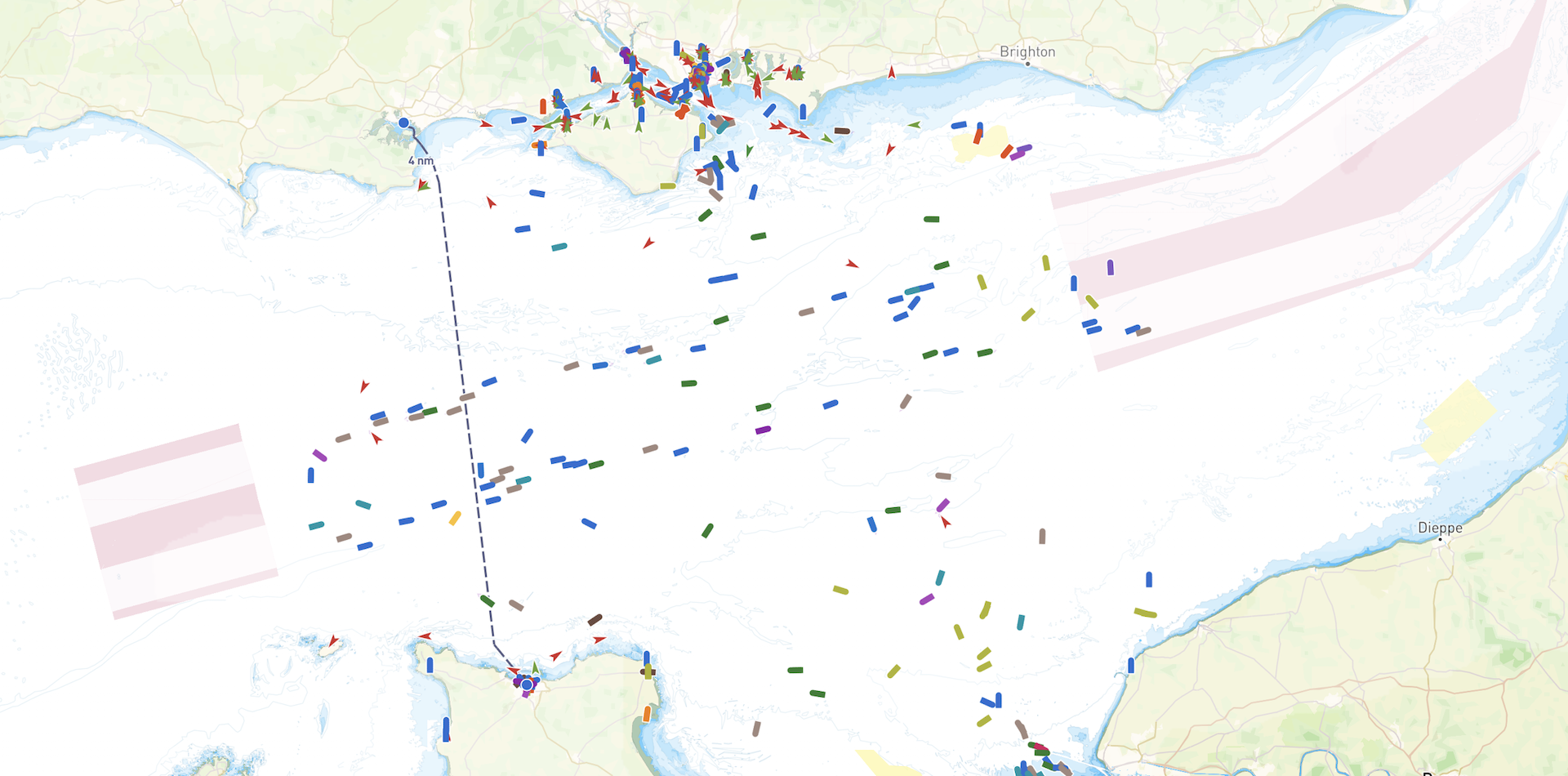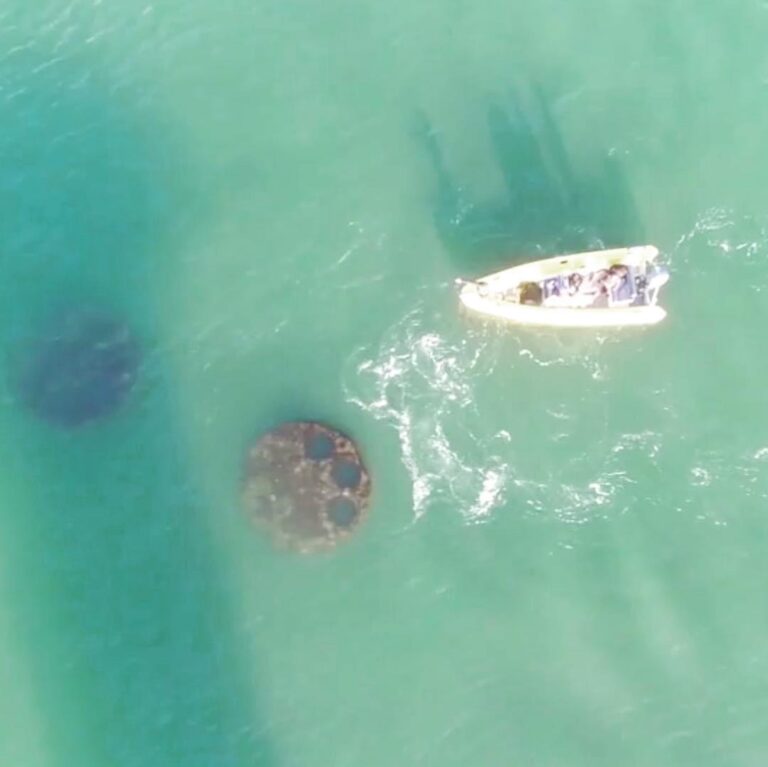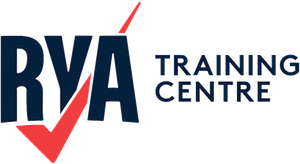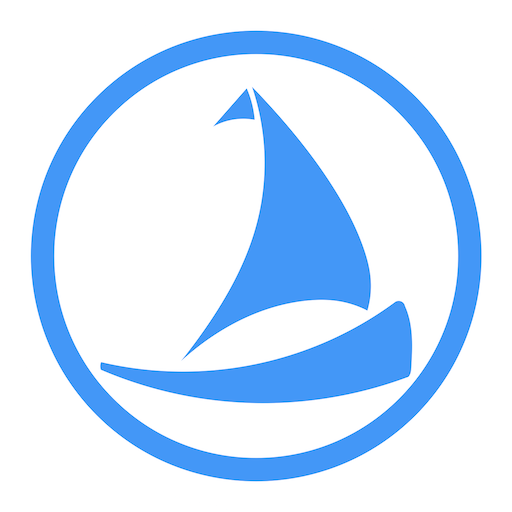Passage Planning: Understanding APEM
From Overwhelmed to In Control – Stress-Free Passage Planning with APEM
If you’re new to navigation and planning your first cross-Channel trip, the process can feel overwhelming. That’s where the acronym APEM comes in—Appraise, Plan, Execute, Monitor. These four steps help ensure your passage is safe, legal, and enjoyable. Let’s walk through each stage, using a sample trip from Poole (UK) to Cherbourg (France) to show how APEM works in practice.
1. Appraise
This is the fact-finding stage—gathering all the information you need before making decisions.
For the Poole to Cherbourg trip, you’d begin by asking:
You’d also check:
The aim is to understand the big picture. For example, crossing the busy English Channel means you’ll need to consider tides carefully and plan to cross at right angles, or avoid the TSS.
2. Plan
Once you’ve appraised all the relevant info, it’s time to create the actual passage plan. This includes plotting your intended track, identifying waypoints, and noting any critical points where decisions or changes may be needed.
For Poole to Cherbourg, your plan might look like this:
You’ll also estimate how long the trip will take, what fuel you’ll need, and when you might arrive—essential for filing a passage plan with someone ashore.
Use our handy Passage Plan template to help ensure you capture everything you need:
Passage Plan Template
Route Planning
Electronic plotters, including apps like Navionics or Savvy Navvy, are incredibly useful tools during the planning stage of your passage. Features like auto-routing can provide a helpful starting point, giving you a visual sense of distance, tidal effects, and potential hazards. However, these should never be relied on in isolation—they’re no substitute for proper chartwork, tidal calculations, and decision-making. Think of auto-routing as a rough draft: adjust the suggested route to suit your vessel, the conditions, and your comfort level. During the execute and monitor phases, these tools become even more valuable, helping you track your position in real time, check your course over ground, and verify progress against your planned waypoints. Used correctly, they support good seamanship—but the skipper should always remain in command of the plan, not just following the blue line.
3. Execute
Now you’re on the water, and it’s time to follow the plan. That means:
In our Poole to Cherbourg example, you’d leave on a falling tide from Poole, motor-sail through the Needles Channel or via St Albans Head, and keep a close eye on your course as you cross the TSS. Remember, plans rarely go 100% to schedule, so flexibility is key—but having a solid plan makes those adjustments far easier.
4. Monitor
This is an ongoing task throughout your voyage. Monitoring means constantly checking:
During the monitoring phase of your passage, chart plotters and navigation apps come into their own. Tools like BTW (Bearing to Waypoint), DTW (Distance to Waypoint), and XTE (Cross Track Error) allow you to constantly check whether you’re on course, how far you have to go, and whether tidal effects or helm error are pushing you off track. For example, a rising XTE value is an early warning that you’re straying from your planned route and need to correct your heading. Meanwhile, DTW and BTW help you anticipate course changes and timing—ideal when navigating close to hazards or preparing for a waypoint arrival. These features make it easier to sail accurately and safely, but it’s still important to cross-check with visual references and keep a log, reinforcing your situational awareness and navigational confidence.
If you’re drifting off course, you might need to revise your heading. If the weather changes, you may decide to divert. For a beginner, this is where regular logbook entries really help—you can quickly spot if things aren’t going to plan.
Summary
APEM—Appraise, Plan, Execute, Monitor—is a structured, easy-to-remember approach to safe passage planning. Even if your trip is short, following APEM builds confidence and helps prevent mistakes. For a cross-Channel trip like Poole to Cherbourg, it ensures you account for tides, weather, and busy sea lanes, and helps you arrive safely—even as a beginner.
Continue Learning with Our Day Skipper Course
If you’re keen to build confidence with passage planning, our RYA Day Skipper Theory Course includes a dedicated module on the APEM process. It takes you beyond just reading about it—with interactive learning tools, chart exercises, and guided examples that walk you through each stage step-by-step. Whether you’re planning a short coastal hop or a Channel crossing like Poole to Cherbourg, the course equips you with the skills to apply APEM in real situations. It’s a solid foundation that prepares you not just to pass the exam—but to skipper with confidence.








